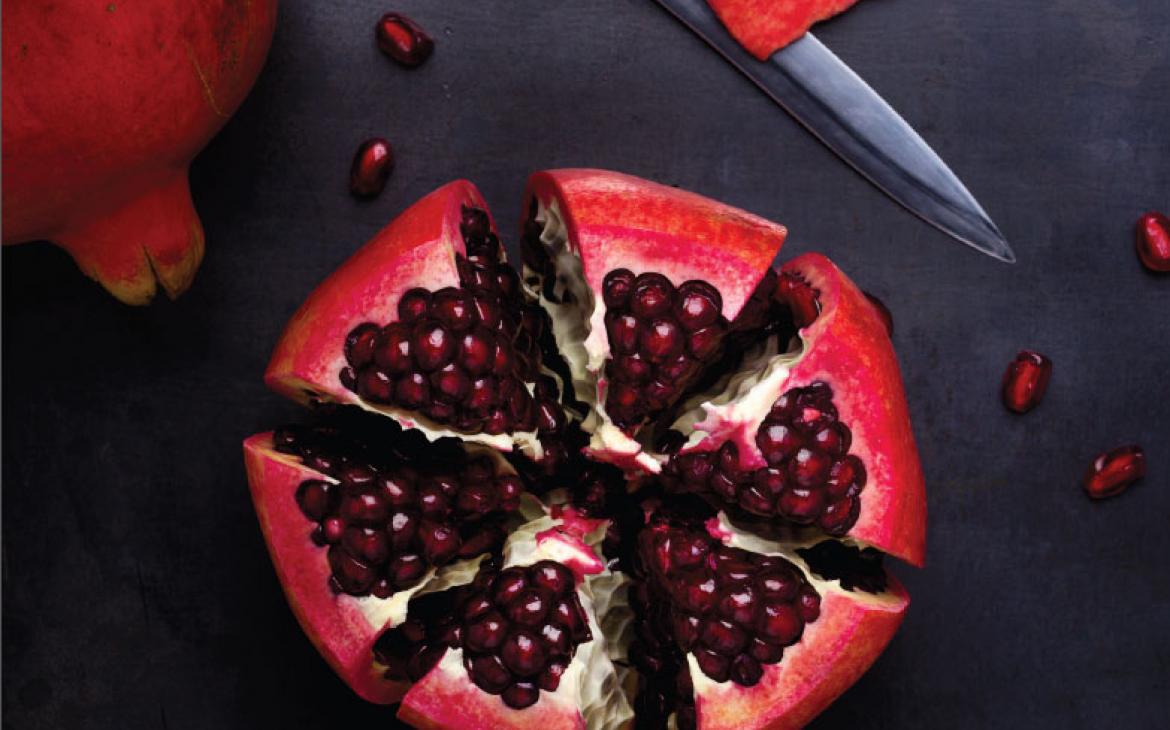
All color additives (except for coal tar in hair dyes) have to be approved by the U.S. Food and Drug Administration (FDA) to be used in foods, drugs, cosmetics or any medical devices that expose people or animals to such additives?
Almost all foods that go through processing have added colors, whether natural or artificial. For example, fruit and vegetables contain colors when they are fresh that are lost or dulled when they are processed.
To make applesauce or pickles, fresh apples and cucumbers go through heat treatment and other processes, making them lose the bright colors they had when they were fresh.
Color Affects Your Perception of Food
For food to remain attractive to consumers, food manufacturers add natural or artificial colors to return or enhance some of the color consumers would expect from food (ever thought about cheese puff snacks not being yellow or orange?).
Vegetable and fruit juices are good examples. When you mix different fruit and vegetables, it is likely that the color will be brownish from mixing several fruit and vegetable skin colors. Manufacturers may add a coloring agent to make sure juices have a predominant color (red like tomatoes or purple like berries).
Color perception by consumers drives how attractive food is, but it also drives the perception of how something is made. Consumers often connect the color orange to fresh oranges, and color additives can make a beverage that does not even contain any fruit juice look like orange juice so consumers connect it to something fresh and healthy.
Another example is Gelatin, which is made from connective tissue (mostly from cattle) and therefore has a translucent tan appearance after processing – not very appealing to the eye. Hence, Red 40 (for color) and Adipic acid (for tartness) are some of the ingredients added to give gelatin a strawberry color and taste.
Ensuring Safety in Color Additives
The U.S. Pharmacopeial Convention (USP) develops quality standards for color additives (either natural or artificial) in the Food Chemicals Codex (FCC). FCC standards help ensure the ingredients that manufacturers procure for their products are consistent with specifications they expect for identity and purity.
The standards in the FCC also include tests to rule out harmful substances, such as heavy metals, or at least to help ensure they are within the permitted levels (which are determined by the FDA).
While color additives are tightly regulated in the United States, FCC standards also include standards for color additives approved for use in countries where regulations are not as tight. There have been cases around the world of harmful substances used as coloring agents in food, and FCC’s quality standards can help manufacturers authenticate their color additives worldwide.
Subscribe to the Quality Matters RSS feed to receive our latest content.


